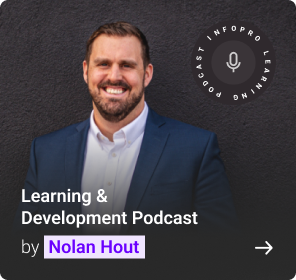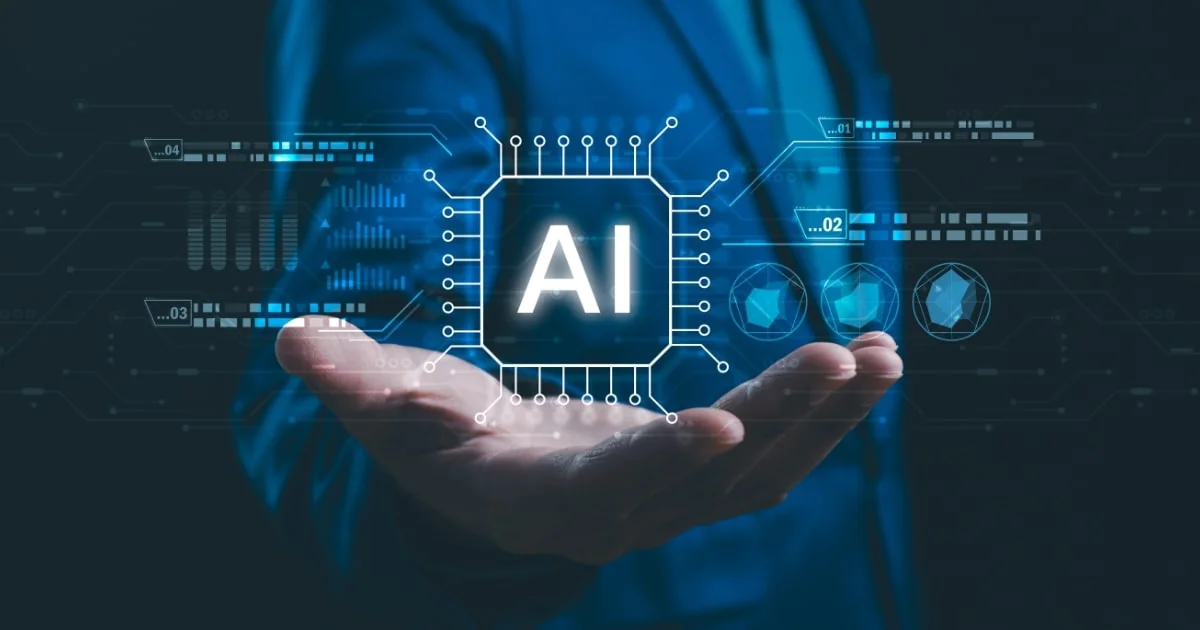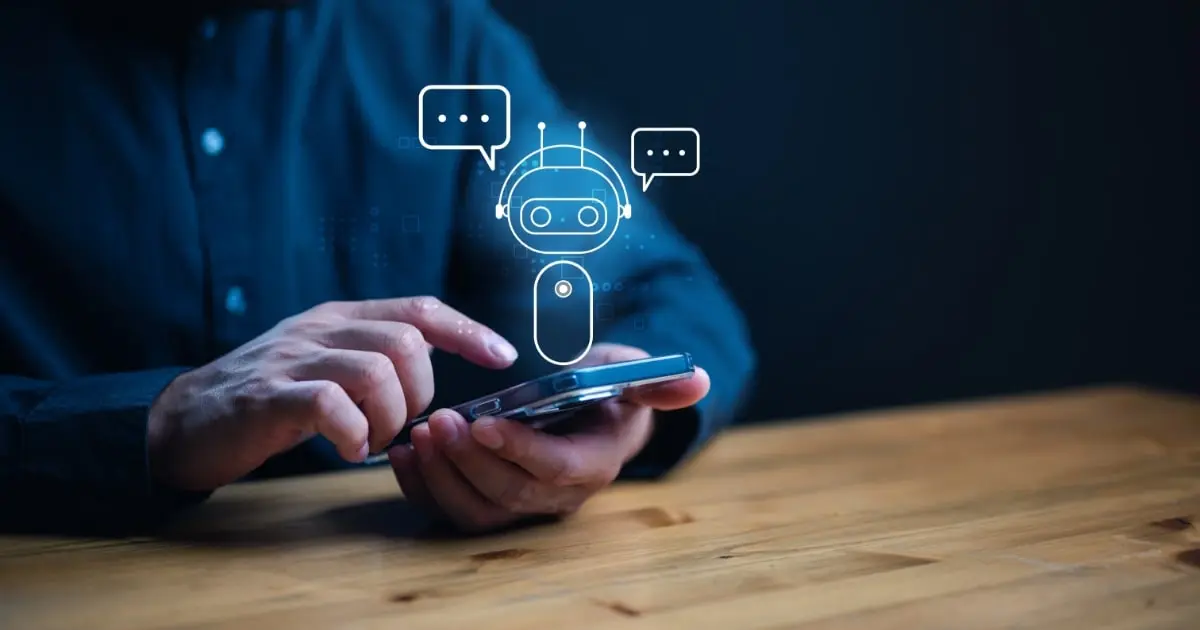ChatGPT is a language model developed by OpenAI, a leading artificial intelligence (AI) research organization. It is based on the GPT-3.5 architecture, a highly advanced and effective model that employs deep learning techniques to process and generate text responses that resemble human responses. ChatGPT has been implemented in numerous applications, including customer service, virtual assistants, and content generation. Its ability to generate engaging, personalized, and adaptive text has made it a valuable tool in various domains.
eLearning has provided learners access to a wide range of online resources, courses, and learning platforms that facilitate learning beyond the traditional classroom setting. ChatGPT and generative AI have gained significant traction in eLearning, making a noticeable impact and garnering attention. It can comprehend and respond to user input, making it an ideal instrument for interactive and engaging learning experiences.
According to Reuters, ChatGPT reportedly reached 100 million monthly active users within two months of its debut, making it the fastest-growing consumer application in history. ChatGPT and generative AI are revolutionizing the field of learning by enabling trainers and learners to go beyond the limitations of traditional classroom settings and create a more dynamic and engaging learning experiences.
7 Ways ChatGPT and Generative AI Is Transforming eLearning
Here are some key points highlighting the role of ChatGPT and generative AI in revolutionizing eLearning:
- Learning Content Development: ChatGPT and generative AI employ natural language processing (NLP) algorithms to generate high-quality and contextually relevant learning content. Companies have already started experimenting with ChatGPT and generative AI to a known body of content and generating a course outline, module content, tutorials, quizzes and assessments within seconds.
Content creation is widely expected to see massive productivity and efficiency advantages. With the ability to rapidly generate relevant and high-quality information , learning content developers can save time and resources, streamline their workflow, and produce content at an unprecedented speed.
- Interactivity and Engagement: ChatGPT and generative AI facilitate interactive learning experiences by generating content that encourages learner engagement and participation. It can create content for interactive elements, such as simulations, scenarios, and case studies, that prompt learners to apply their knowledge and skills in real-world contexts.
This engaging and interactive training content fosters a dynamic learning experience that encourages learners to actively participate, think critically, and develop problem-solving skills, ultimately leading to a more profound comprehension of the subject matter.
- Personalization: ChatGPT and generative AI can customize learning content to meet the unique requirements of each learner, resulting in a personalized learning experience. It can analyze learners’ interactions, preferences, and performance data to generate content that matches their proficiency levels, learning styles, and interests. This personalized content enables learners to learn at their tempo and in their preferred manner, thus improving their motivation and engagement.
- Adaptability: ChatGPT and generative AI can generate content based on learners’ feedback and performance. It can analyze learners’ responses, behavior, and performance data to dynamically adjust the content to address their knowledge gaps, misconceptions, and learning preferences. This adaptive content generation approach ensures learners receive relevant, targeted content that meets their needs.
- Intelligent Tutoring: With ChatGPT and generative AI, eLearning platforms can act as intelligent tutors. ChatGPT and generative AI can provide real-time feedback to learners, helping them understand their progress and areas that need improvement. Learners can receive immediate feedback on their answers, assignments, and assessments, allowing them to reflect, learn from mistakes, and make corrections in real-time. This real-time feedback mechanism promotes self-directed learning and fosters a growth mindset.
Furthermore, through monitoring the learner’s interactions with the chatbot, instructors can gain insights into the learner’s level of comprehension and offer tailored instruction and guidance accordingly.
- Collaborative Learning: ChatGPT and generative AI can facilitate collaborative learning by promoting peer-to-peer interactions. It has the potential to act as a virtual moderator in training settings. It can facilitate discussions, manage interactions, and guide learners in online classrooms, group discussions, and virtual learning platforms. However, human supervision and intervention may still be necessary to ensure effectiveness and appropriateness.
- Continuous Learning Support: Generative AI can support continuous learning by providing learners with resources, updates, and recommendations even after the completion of a course. ChatGPT can be a virtual mentor, offering insights, suggesting additional materials, and facilitating ongoing discussions. This ensures that learners can continue their educational journey beyond formal courses and remain engaged in lifelong learning.
Conclusion
ChatGPT and generative AI are transforming the eLearning landscape by revolutionizing content development, enhancing engagement, enabling personalization, promoting adaptability, providing real-time feedback, and facilitating collaborative learning. ChatGPT has a crucial role in influencing the future of learning, especially as online learning is becoming more popular and widespread. Its impact cannot be underestimated, as it has the potential to shape how people learn and interact with training materials in the digital age.
As we look to the future, we expect to see further advancements in the application of ChatGPT and generative AI, which will continue to revolutionize how we learn, teach, and engage with eLearning content.




